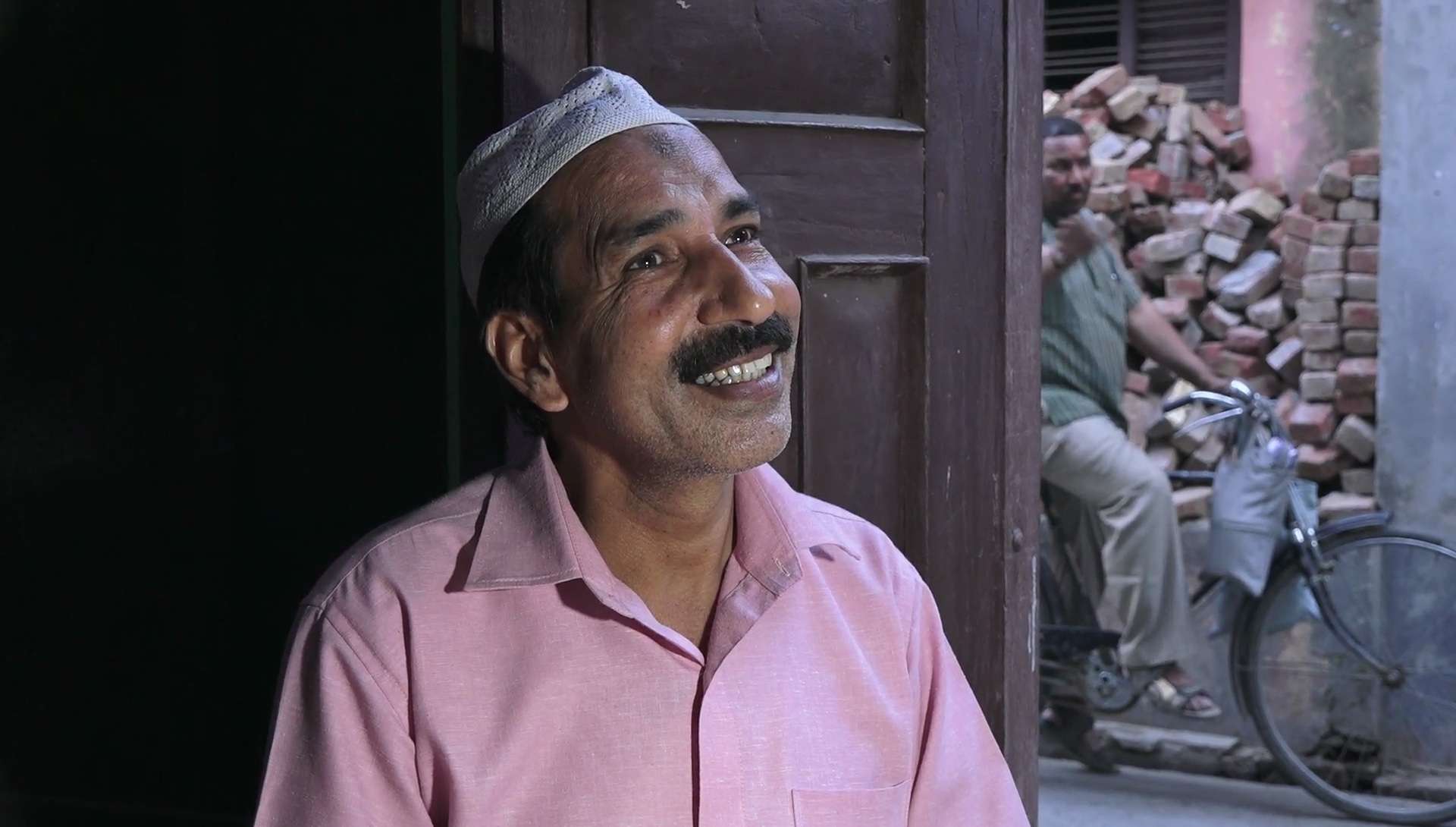
Master karigar Khalifa- Najibabad

Painting- Rafugars making a patchwork shawl

Painting- Rafugars finishing shawls for shipment

Rafugar Atiq Ahmad and karigars
Learning the Art: Rafugari was taught by rafugar ustads or masters to young males between the ages of 7-10, who became attached to them as shagirds or apprentices. Most of the Najibabad rafugar families were linked through ties of kinship and marriage. However, even after 5-10 years of training and becoming accomplished and working his entire life, the erstwhile student was always called a 'karigar' or craftsman, and never an 'ustad' or rafugar or master. Only few were accorded this privilege. The students performed many tasks and errands for their teachers and were not paid any stipend, even though the proficient ones were called upon to do rafu for which their teachers charged their urban customers handsomely. Rafugari required tremendous discipline and patience. The tedious restoration work was mostly done during summer vacations by students and low paid karigars. They had to sit in the middle of the room on the floor without leaning, with one knee folded and tucked under and the other folded with foot on the ground. They were allowed to get up only to perform the prayers or to go to the toilet.
Types of Rafu and joints: Art of Rafugari involved learning how to hold the needle, thread it and mastering the precise techniques of covering the holes by weaving with needle the same design (or leher daalna) as is present in the plain fabric or the woven kani. The fabric, wool or pashmina, is woven in four types of designs or leher: diagonal lines, grill pattern, chasm-e bulbul (one diagonal square inside another) or herringbone. Bajazi or taar todh rafu or darning is the most difficult, time consuming, expensive and is invisible if the loose threads are snipped off at the back. It is mostly done on plain fine toosh or pashmina material. It involves removing one thread at a time and inserting a fresh one from the same shawl end or same material. The number of threads to be inserted in the warp and the weft have to be the same as those in the overall material and of the same thickness. At both ends the threads is broken off once it has covered the space that needs to be darned. The simpler type is called pachchi rafu which resembles a grill. Rang-a-mezi rafu is done on patterned kani or jamawar shawls where darning is done in the same weave and colours as are present in the original design. Chunai is another difficult type of rafu where the entire shawl whose silk warp has deteriorated is reconstructed. This is done mostly with high-end dorukha shawls and there are few who can do it. Syahi daalna involves inserting outlines of the design in black which have eroded with age. Nakhen daalna involves inserting lines of small running stitches in between the threads at specified distance to give support to borders whose warp has given way. A rafugar’s repertoire also includes many kinds of joints or jod to repair and join tears, cuts or two shawl pieces; famous among them being the tak-maki ka jod, which was used to join parts of the shawl with such finesse that it was difficult to see with the naked eye from the right side. Saada jod is the simple joint where the two sides are put side by side and the thread moves back and forth in a triangular fashion.
Rafugars and karigars normally are not able to do rafu work for more than 20-30 years. It is called aankh phod, kamar tod or something that ruins your eyes and breaks your back. Its time rafugars and their inimitable art and craft became visible and get the recognition it so richly deserves
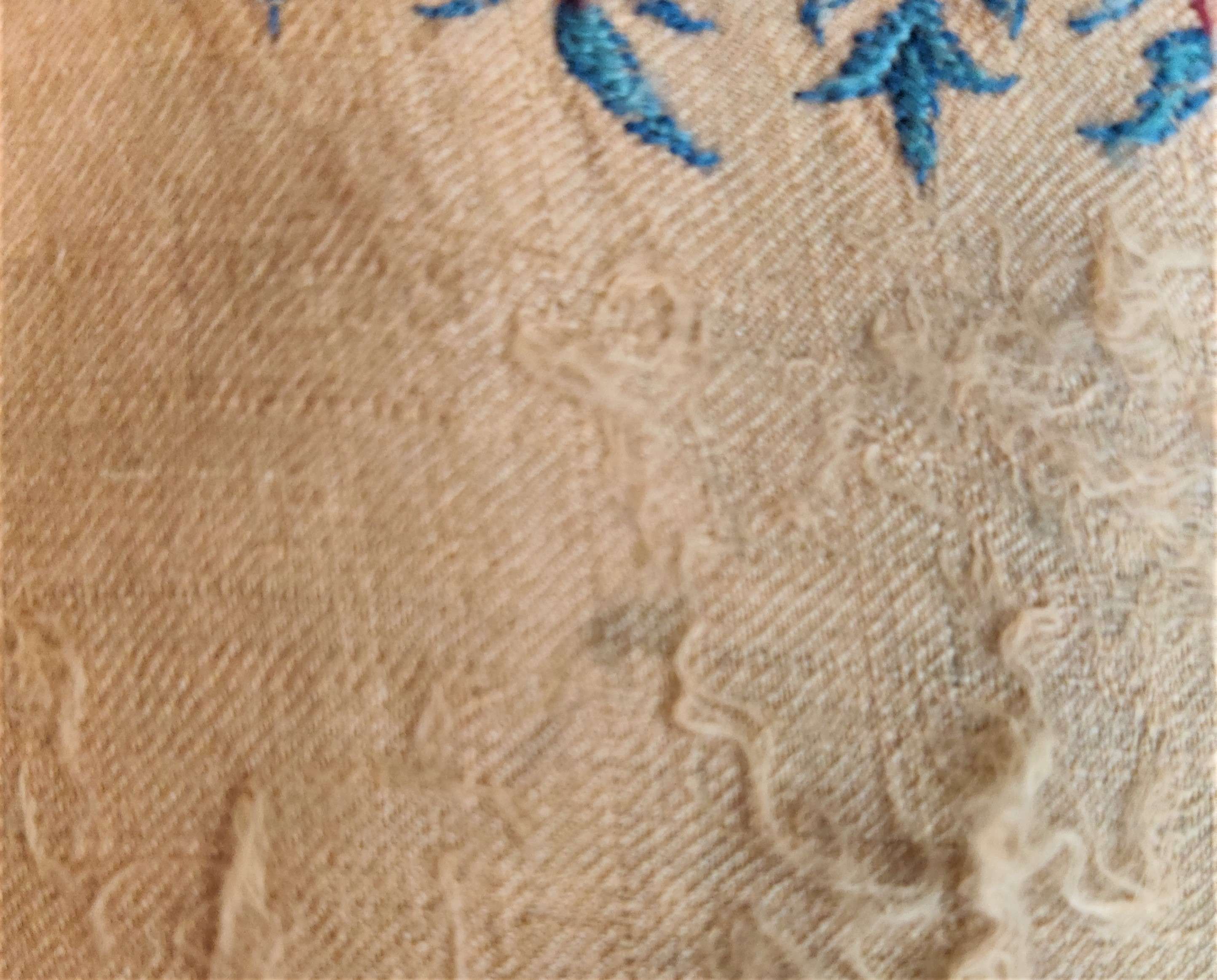
Invisiible Bajazi Rafu-back
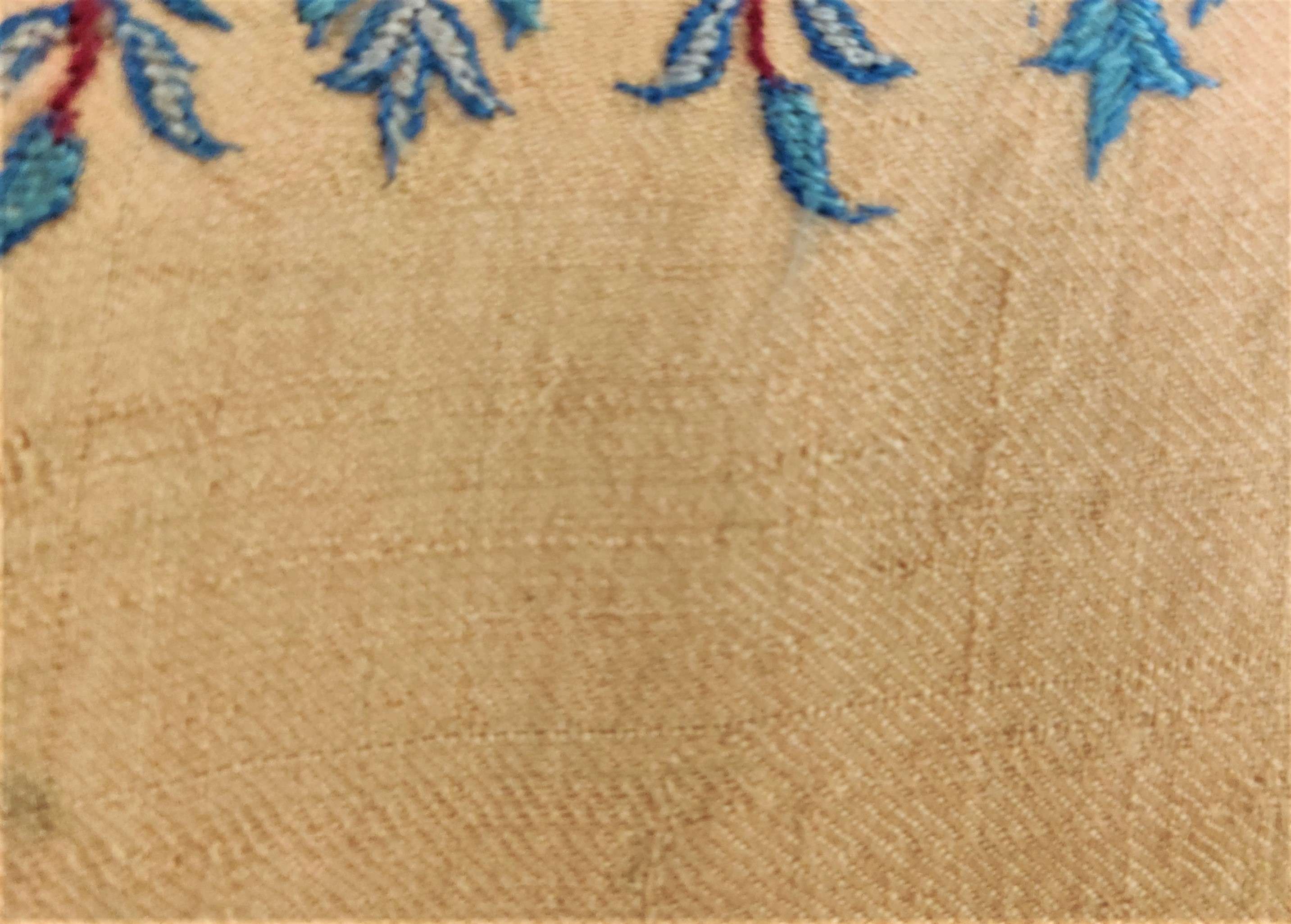
Invisible Bajazi rafu-front
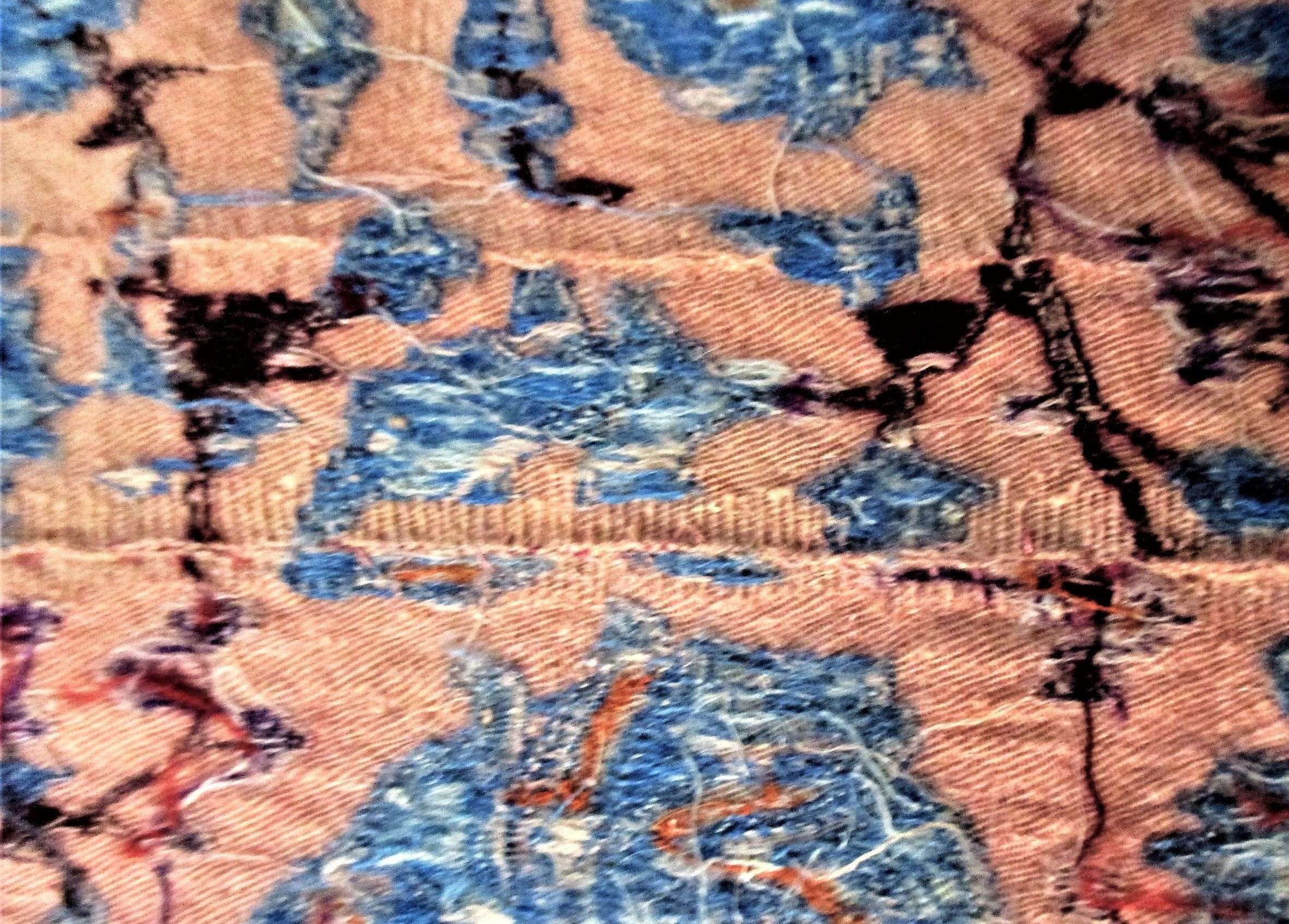
Tak-maki joint -back
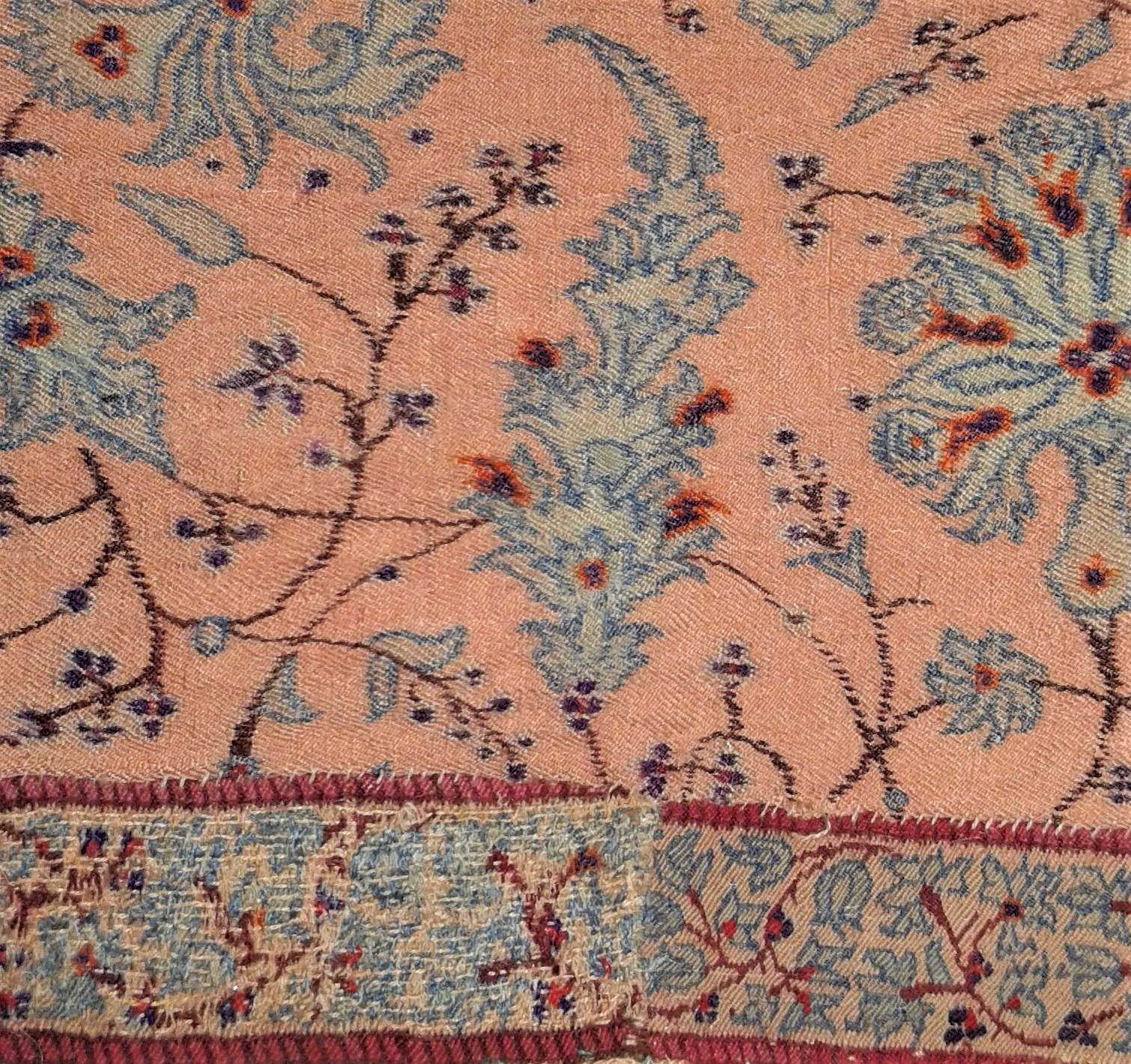
Running stitch - 'Nakhe daalna'
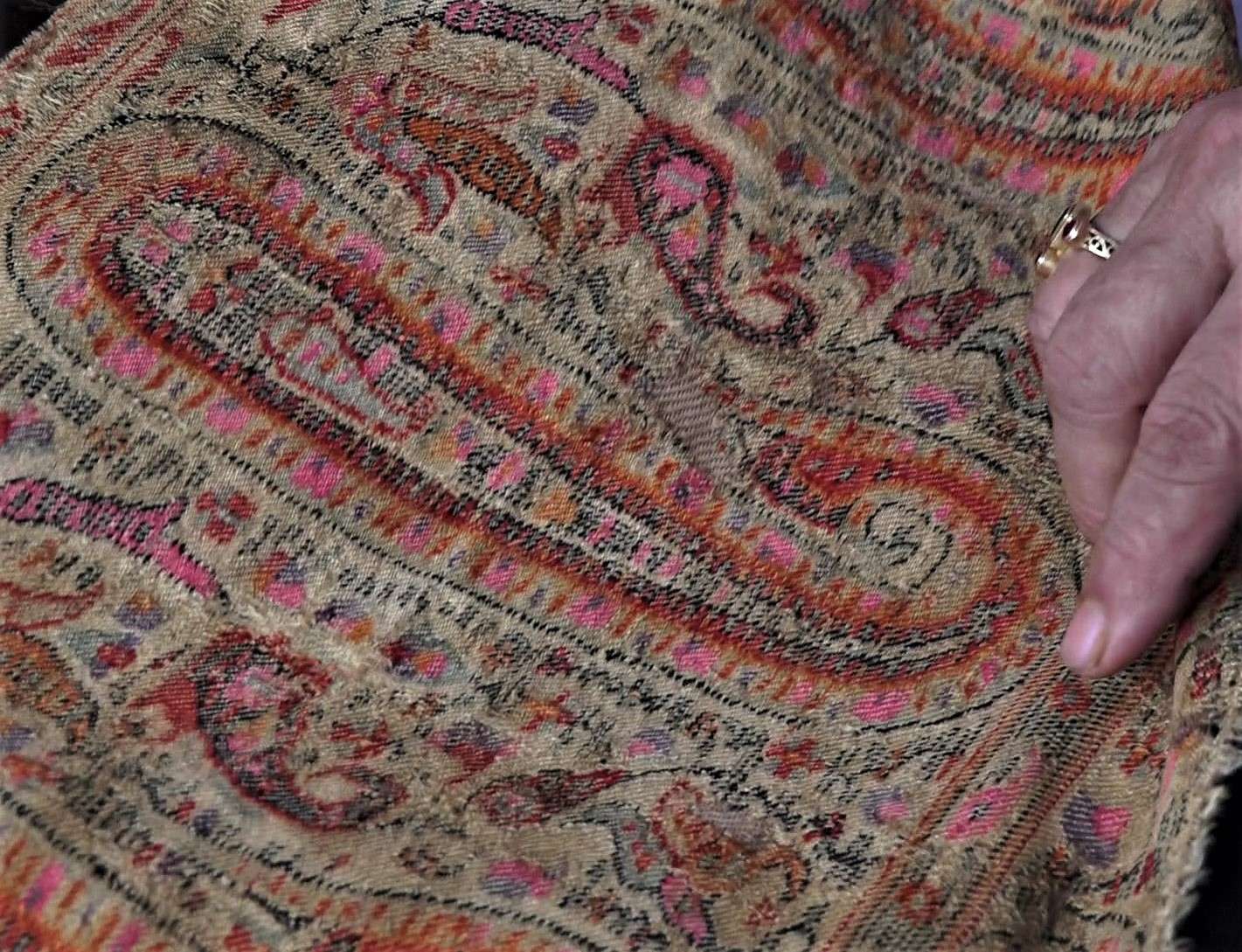
Inserting black outlines-syaahi
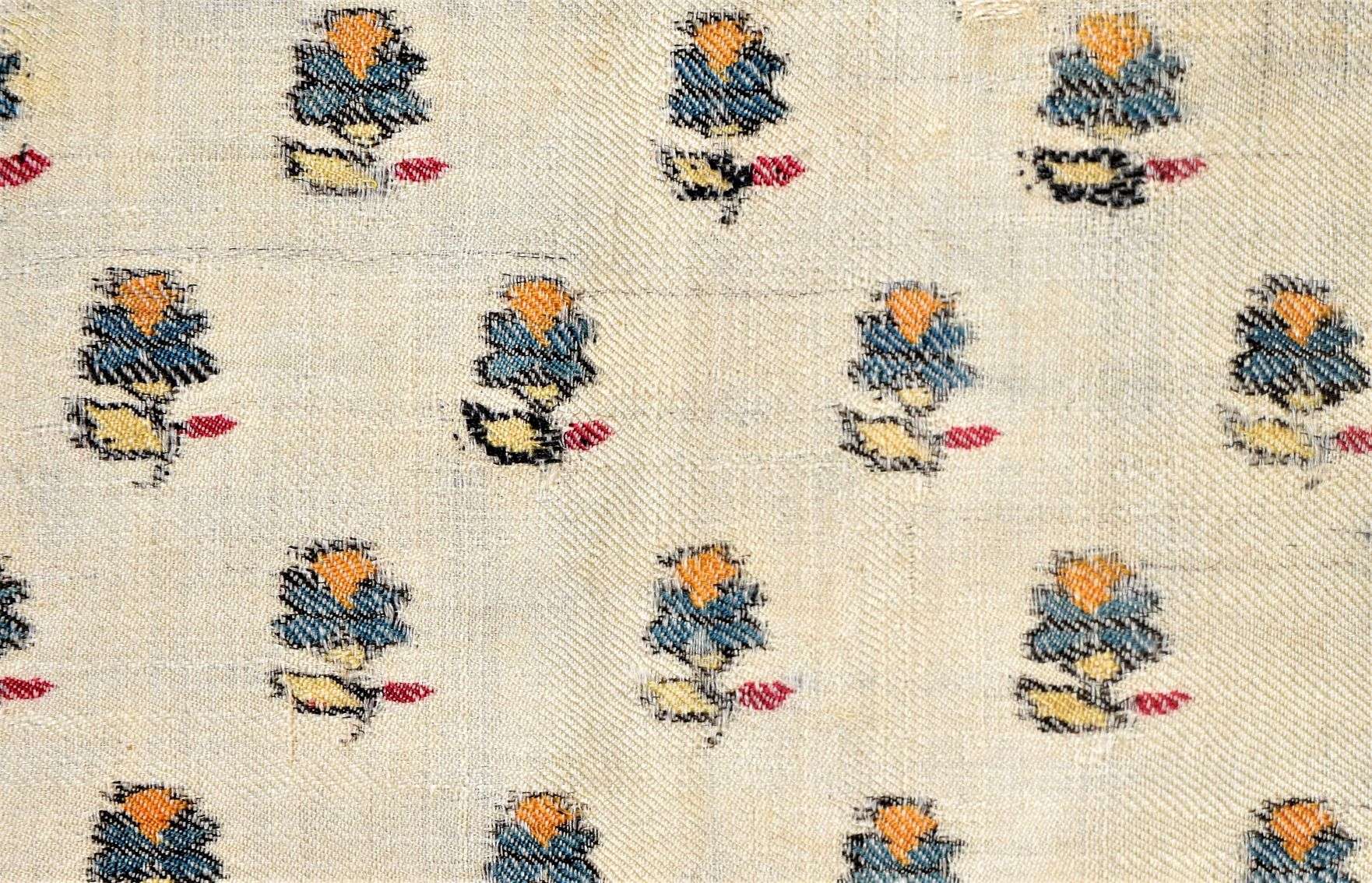
Rangamezi - Rafu in matching colours resized
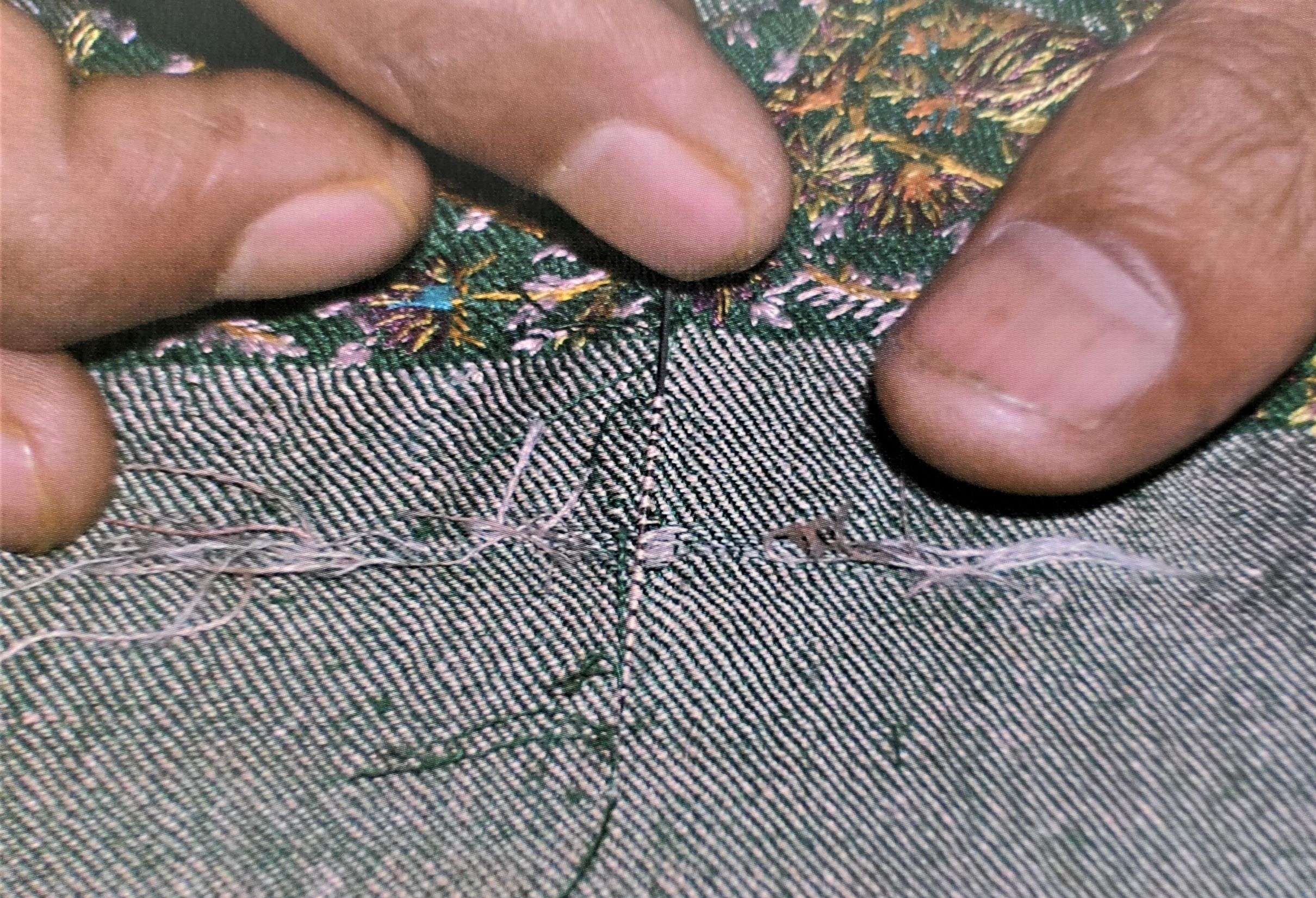
Rafugar doing Pachchi Rafu
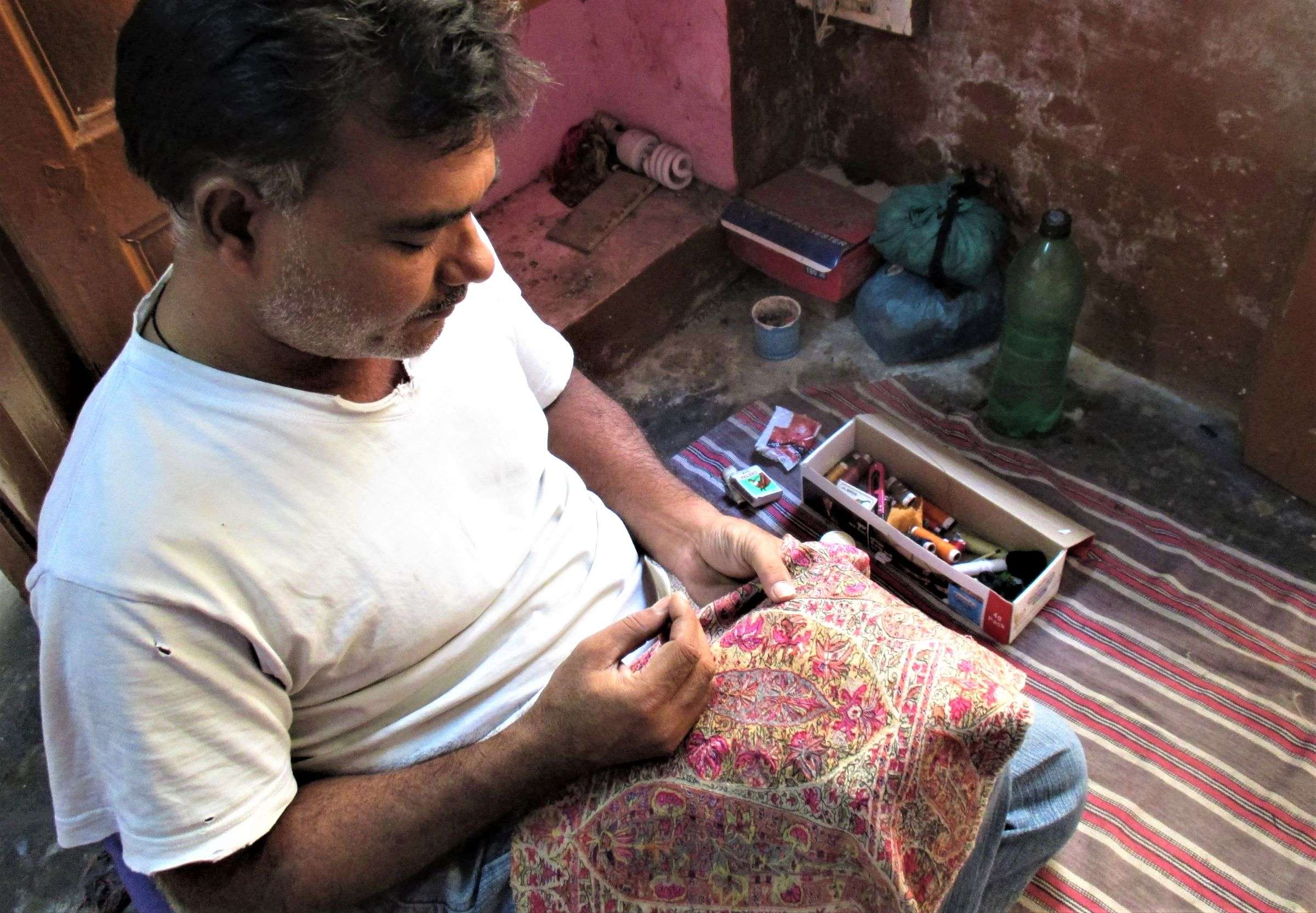
Chunai -Inserting the warp in a Dorukha
